Looking Back and Moving Forward
This is a day to think about how far we’ve come, to think about our experiences in past times and how we are now ready to begin forging a country where all of life is no longer defined by race.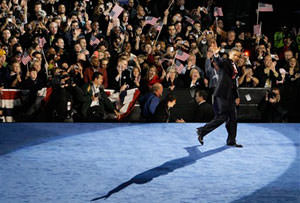
Barack Obama’s huge victory sent me down memory lane to the segregated America of a half-century ago, when a black person couldn’t crack the news columns of my Northern California hometown newspaper, much less get a job there.
Not in my wildest imaginings in those days could I have conceived of a black man being elected president of the United States. Not when we on the Oakland Tribune staff ignored one of the nation’s most important African-American communities and tolerated racist police who were brutal toward blacks unlucky enough to cross their path.
President? Blacks were not even hired as cub reporters, or copy boys, on The Oakland Tribune. “Send a black man to Piedmont?” asked an amazed editor, his voice hoarse from years of yelling at underlings, when staff members suggested hiring a black reporter. Piedmont was the richest and snobbiest of the communities on the eastern side of San Francisco Bay and, except for maids, African-Americans didn’t venture there.
This is a day to think about how far we’ve come, to think about our experiences in past times and how we are now ready to begin forging a country where all of life is no longer defined by race.
Race has been a steady undercurrent in my career. Twenty-five years before Obama’s presidential victory, I was privileged to report the election of another African-American, Tom Bradley, as mayor of Los Angeles, a momentous event in a city with a long history of segregation and discrimination against ethnic minorities. Yes, that’s the Bradley of the so-called Bradley effect, that vague and inaccurate gauge of white prejudice, which, by the way, proved to be nonexistent in Tuesday’s presidential election. These days I write about a Hispanic mayor of Los Angeles, Antonio Villaraigosa. My past is filled with stories on school integration, improving the public schools, disciplining racist cops, and just recording the day-to-day life of whites, blacks, Hispanics and Asian-Americans in a city that foreshadowed the national changes so dramatically illustrated by Obama’s election. And, of course, there was the O.J. Simpson murder trial, a racial story I still don’t understand, even though I covered it, except to say it certainly exposed the racial gulf.
Discussions and tensions over race were a constant presence inside the paper where I spent most of my working life, the Los Angeles Times. The turmoil in our newsroom mirrored a world outside, a Southern California that had become a multiracial and multicultural land.
There were beefs over jobs, promotions, assignments and coverage, all usually masked by a false friendliness endemic to Los Angeles but sometimes exploding in staff-splitting arguments.
Andrea Ford was an African-American reporter who spoke her mind during and after the 1992 riot and the O.J. Simpson trial, which she covered. I was a columnist, and one of my pieces described blacks being racist toward Korean-Americans during the riot period.
Andrea came up to me in the newsroom, in front of everybody, and said my column was wrong. Neither of us would give an inch. We argued, loudly. It happened again during the Simpson trial, over another column. This time our argument was so loud and intense that a television reporter asked us to take it into the hallway because he had to do a standup.
I thought those arguments were draining and she probably did too. But we were friends. We enjoyed a drink together. We liked to share stories about how our kids gave us a hard time. We pretty much agreed on which bosses were jerks.
This was a painful and continuing education. Without really intending to, when I was city editor I put together a city desk of one African-American, four Latinos and five whites. By then, most stories had racial overtones, and we all talked about them. Not formally, not under the guidance of a diversity coach, which newspapers loved in those days, but in the clipped, hurried, no-nonsense way of pressured people who had a paper to put out. We didn’t make a big deal of it, but we really tried to cover ethnic L.A. in all its complexity.
I learned a lot from those experiences. They helped guide me as I set out to write about the presidential campaign.
I believed whites would vote for an African-American man, at least enough would to elect him president, just as enough whites voted for a black and a Hispanic to make them mayors of Los Angeles. My gut feeling was reinforced by what I saw on the streets and by studies that showed interracial marriage and dating were on the rise.
That’s what happened. Obama received 43 percent of the white vote, according to the New York Times exit poll. He received 95 percent support from blacks, 66 percent from Hispanics and 62 percent from Asian-Americans. His support also cut across religious lines, including 45 percent from Protestants, 53 percent from Catholics and 77 percent from Jews.
“Send a black man to Piedmont?” asked the old Oakland Tribune editor. Yes.
To Piedmont, to the White House, to the leadership of a new and greater America.
Your support matters…Independent journalism is under threat and overshadowed by heavily funded mainstream media.
You can help level the playing field. Become a member.
Your tax-deductible contribution keeps us digging beneath the headlines to give you thought-provoking, investigative reporting and analysis that unearths what's really happening- without compromise.
Give today to support our courageous, independent journalists.

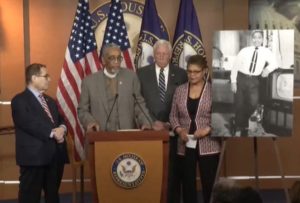

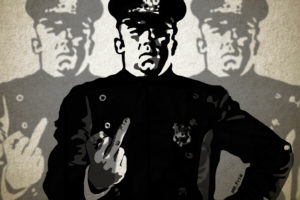
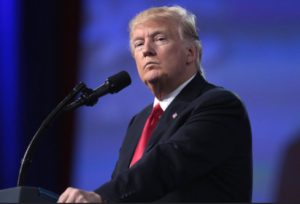
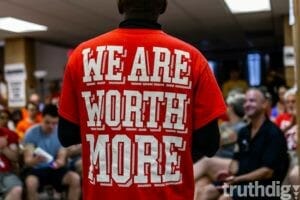
You need to be a supporter to comment.
There are currently no responses to this article.
Be the first to respond.